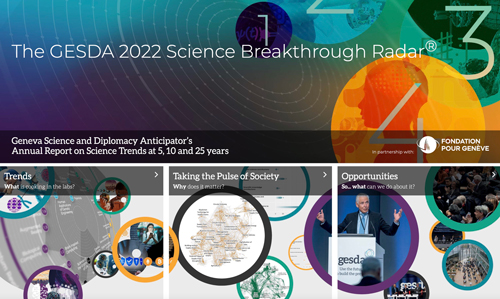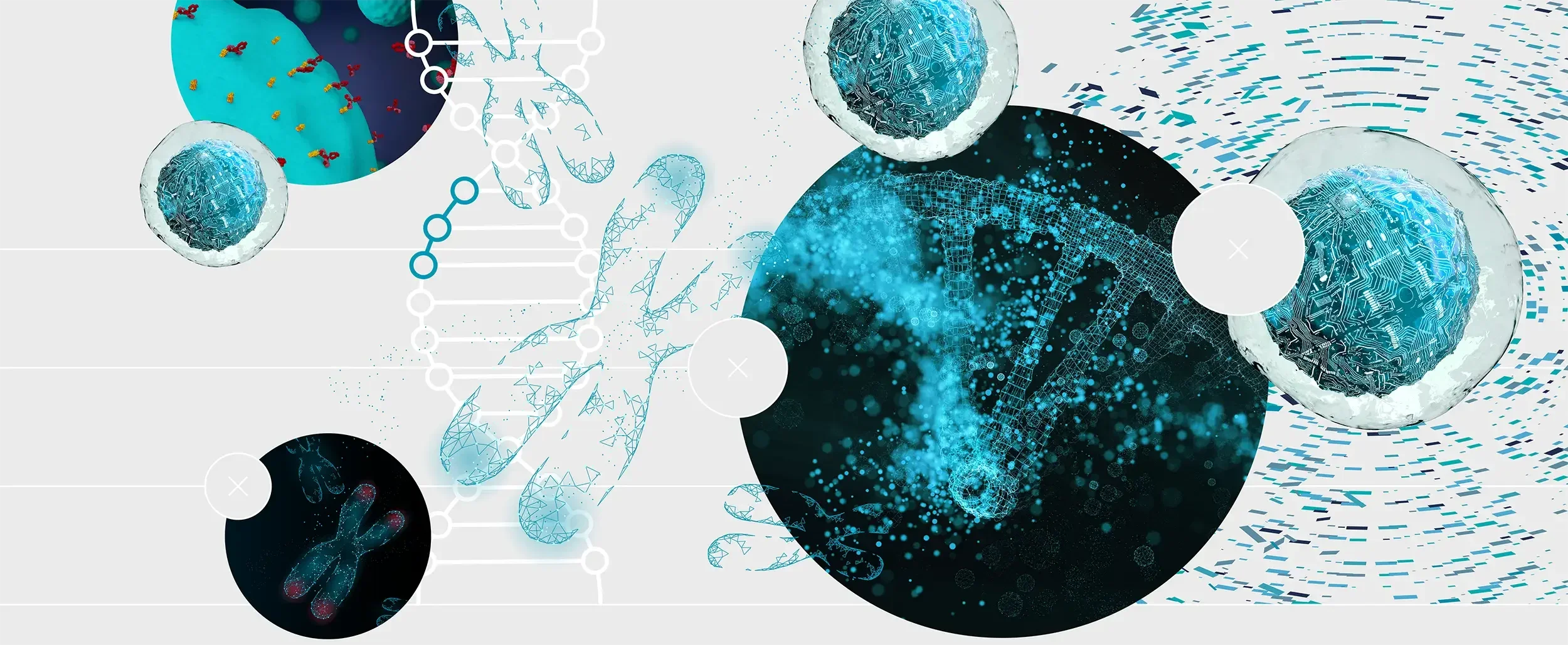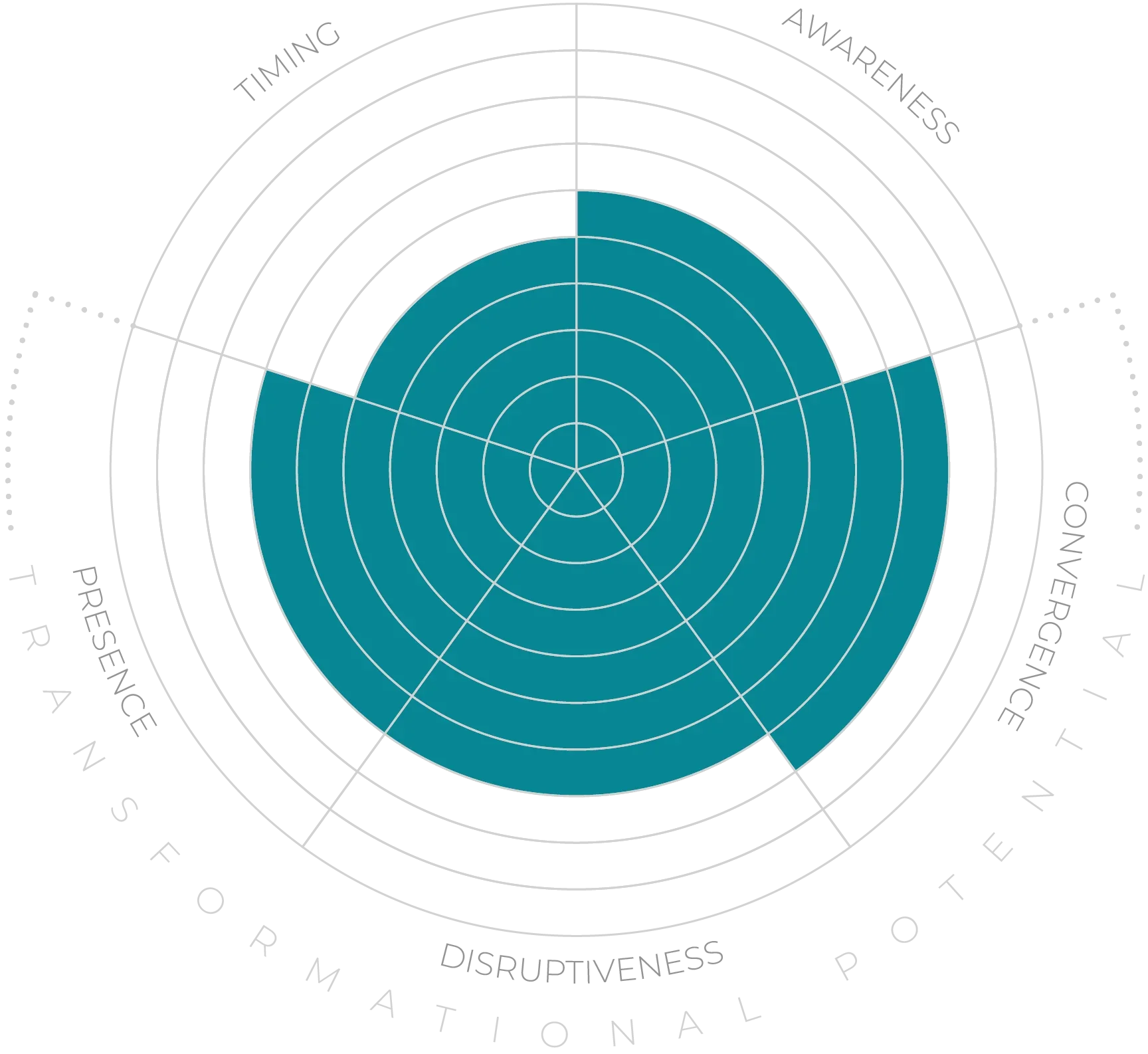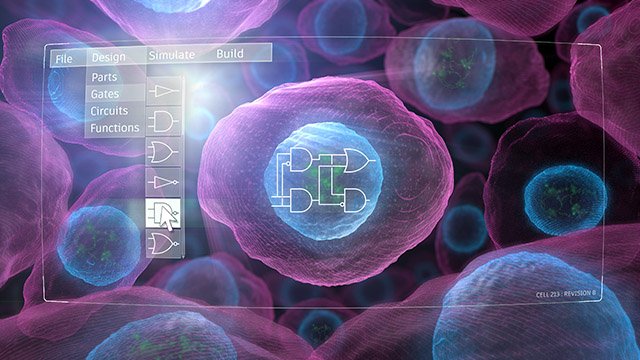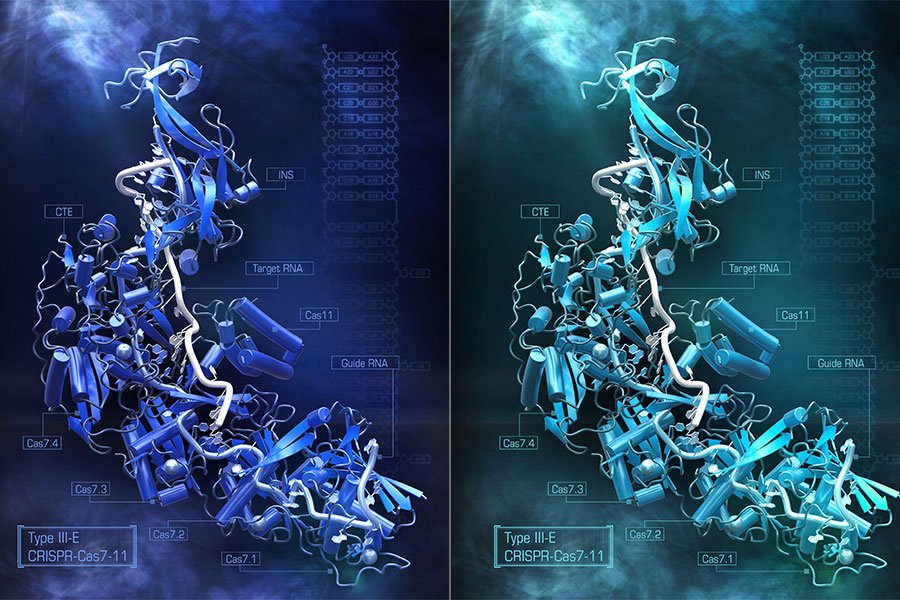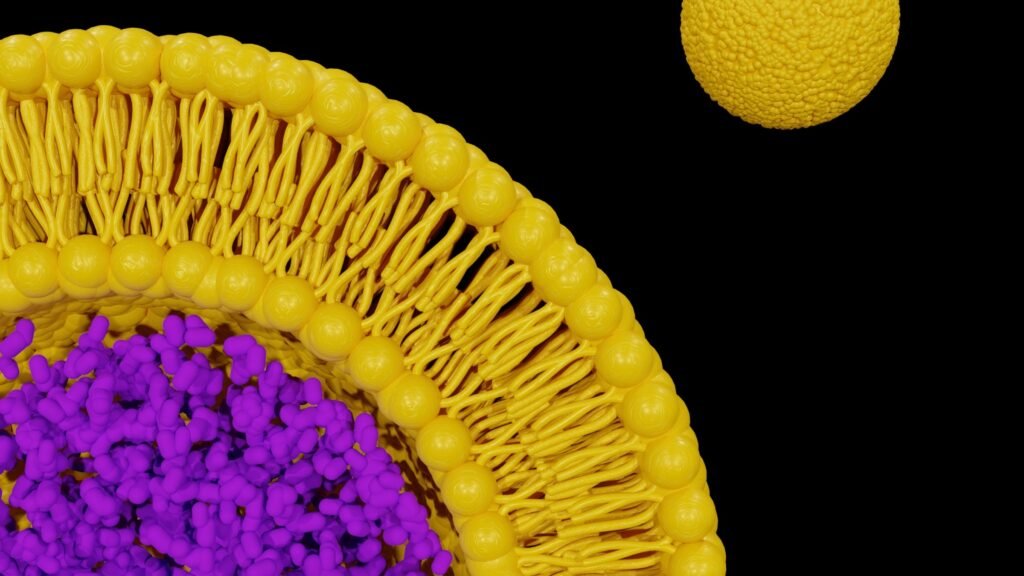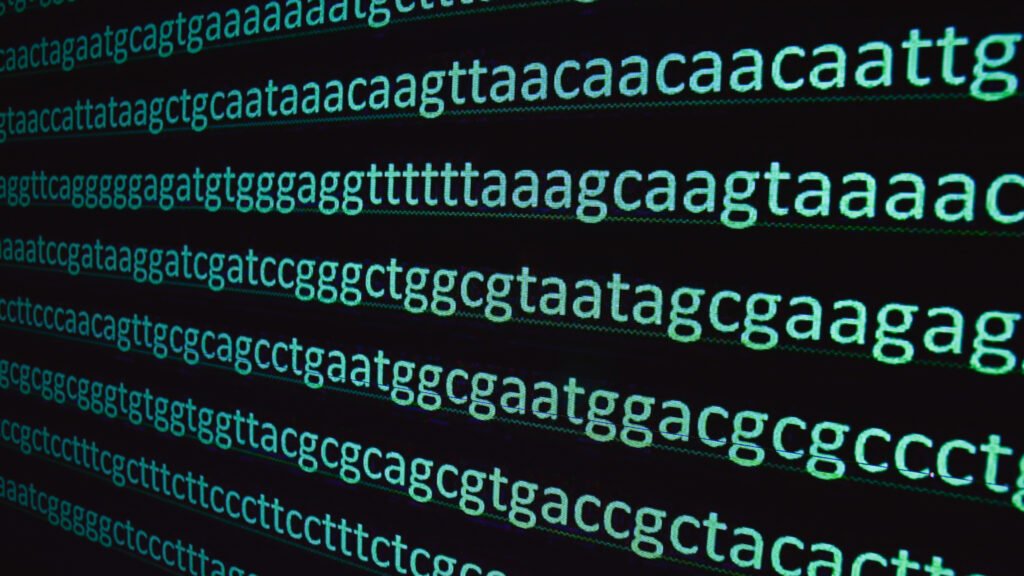AI can design editors for maximum efficiency.23 It will also be crucial for automated analysis of human tissue. Furthermore, machine learning algorithms may help identify the relationships among genes, gene networks and other variables (such as epigenetic factors) involved in disease, as well as the potential consequences of edits to these.24 Machine learning may also be able to help identify novel biological candidate systems to manipulate DNA; it would be useful to find molecules that offer decreased immunogenicity, for instance. AI-enabled searches through microbial data obtained from uncultivated samples may reveal more suitable enzymes – helicases, nucleases, transposases or recombinases – that solve the problems of currently available editors.
Recent rapid advances in stem cell engineering, stem cell-derived embryo models, organoids (artificial and simplified versions of an organ), and tissue engineering are helping research move towards providing experimental organisms based on human physiology that will help predict the functionalities of genome editors outside the human body and before clinical applications.2526
